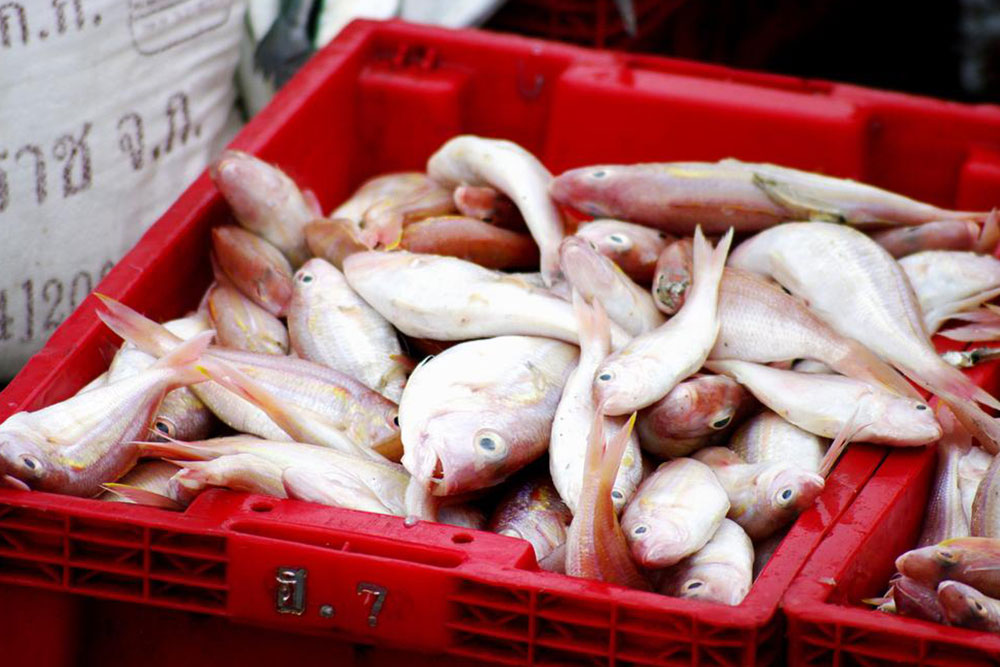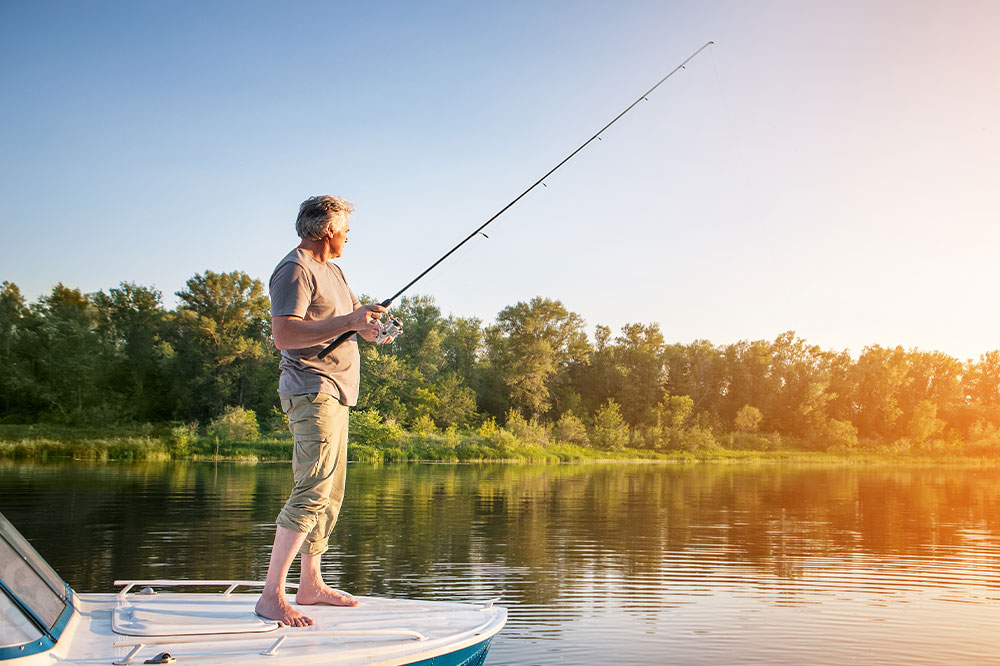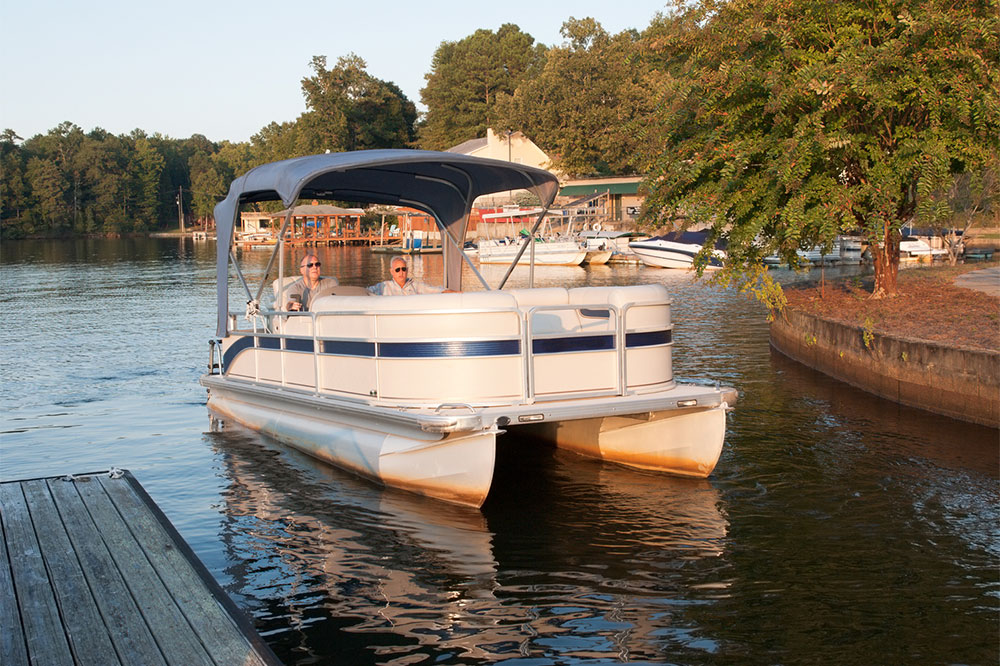Essential Guide to Interpreting Fishing Reports
Learn how to interpret fishing reports effectively to improve your angling success. This guide covers key factors like water temperature, conditions, regional details, and timing, helping you plan better fishing trips. Discover the importance of water movement, regional insights, and optimal times for catching various species, especially in regions like Texas. Stay informed with up-to-date reports and tips to enhance your fishing experience and increase your catch rate.

Essential Guide to Interpreting Fishing Reports
Planning a fishing trip on a weekend afternoon? Before heading out, it’s crucial to check the latest fishing report. These reports are compiled by anglers and provide key details about fish presence in specific areas, weather patterns, tides, and current strength. They serve as valuable tools for fishermen seeking particular species, helping identify the best spots and times to cast lines.
Water temperature significantly influences fish activity. Warmer waters tend to reduce fish movement, while colder conditions can cause them to become less active. Unless water temps are ideal, fish may remain passive and less likely to bite or chase lures.
Water conditions also matter. Still, moving, muddy, or debris-filled waters can hinder fishing. Fast-moving or murky waters make it difficult for fish to see bait and control their movement, leading to less successful outings.
Fishing reports are tailored by region, providing specific details for areas like Texas, Washington, or Green Bay. These reports typically include weather forecasts, wind speed, bite times, locations of active fish, and effective bait choices.
Texas Fishing Outlook
In Texas, anglers can target saltwater species such as Black Drum, Redfish, Spanish Mackerel, along with freshwater fish like Snapper (red), Spotted Seatrout, Flounder, and Black Drum. The prime fishing times are late afternoons and early evenings during spring, when fish are more active due to higher metabolism and sunlight aiding their movement.





